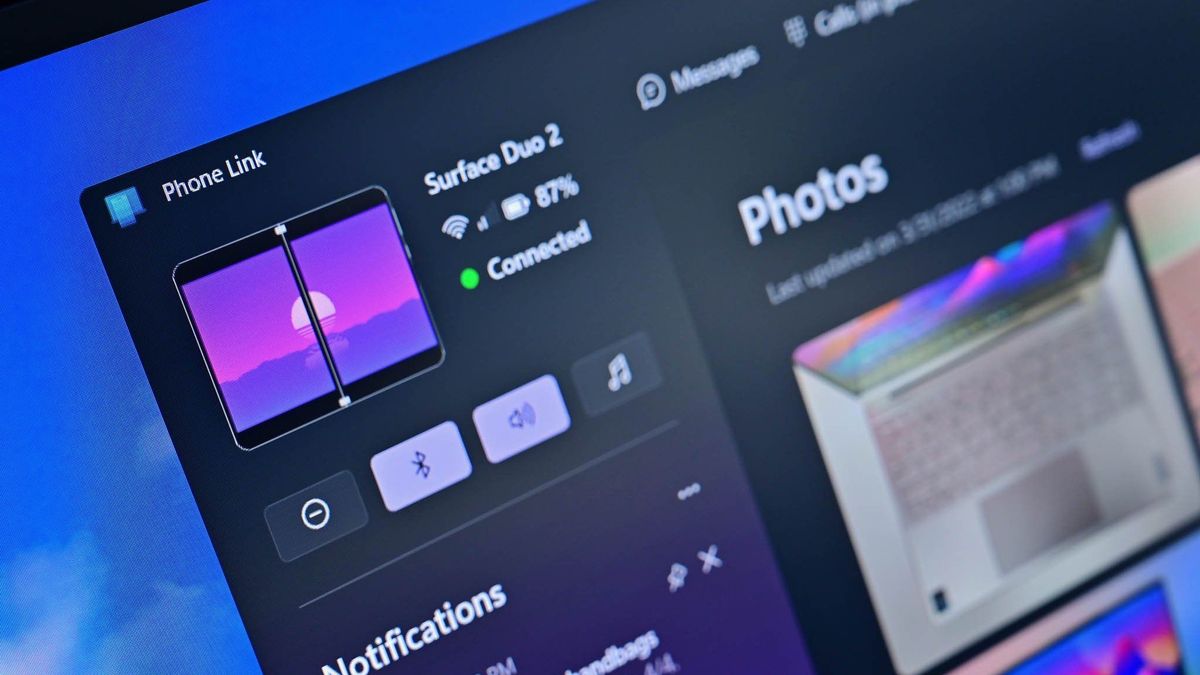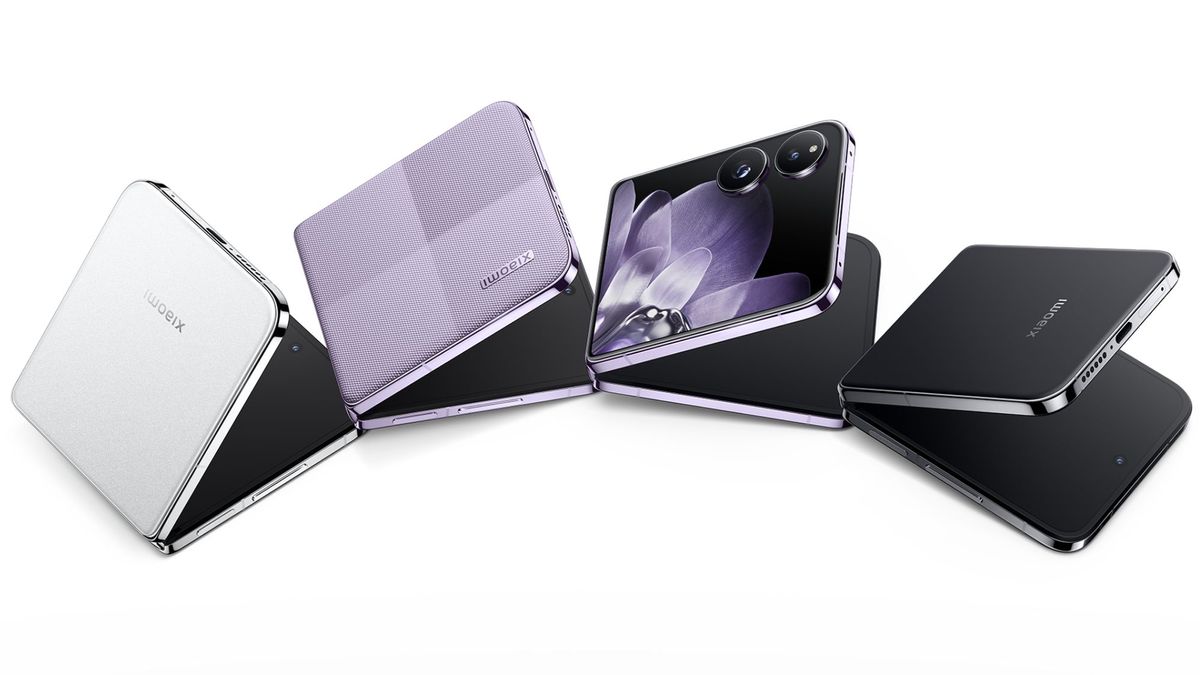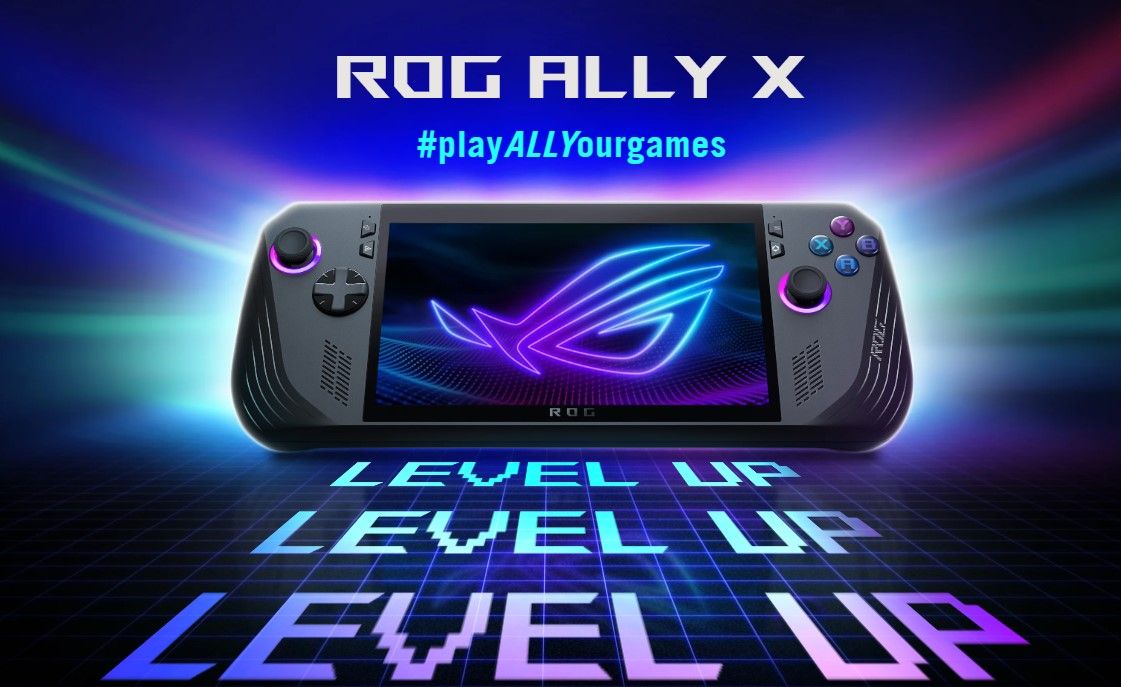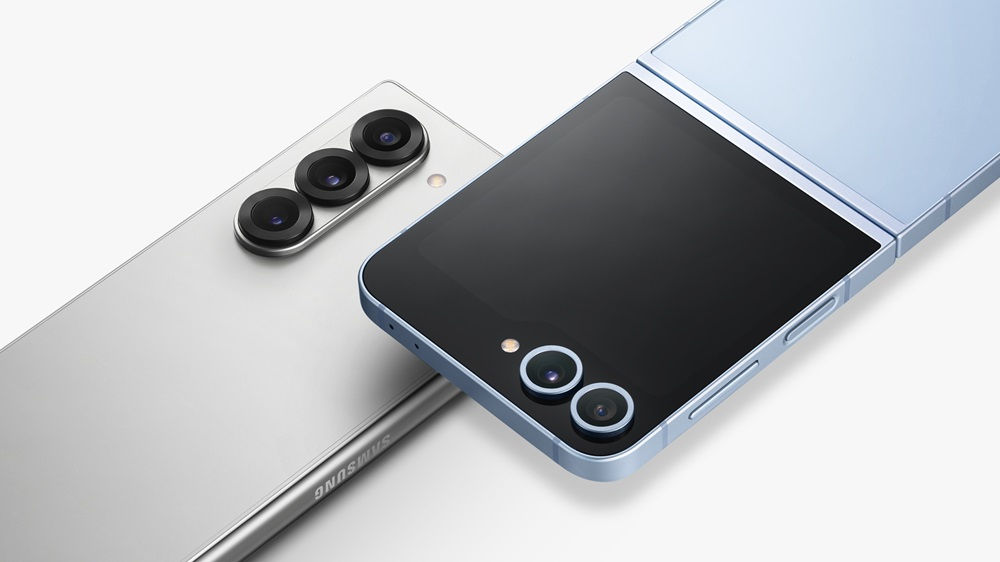From arstechnica.com
more geebees —
There are a few measurable benefits to having more RAM, but also some drawbacks.
XFX’s take on AMD’s Radeon RX 7600 XT.
Andrew Cunningham
AMD mandates DisplayPort 2.1 support on the 7600 XT, where it’s optional on the regular 7600.
Andrew Cunningham
XFX’s 7600 XT card dwarfs AMD’s reference RX 7600 card, mainly in size but also sort of in power use.
Andrew Cunningham
We don’t need a long intro for this one: AMD’s new Radeon RX 7600 XT is almost exactly the same as last year’s RX 7600, but with a mild bump to the GPU’s clock speed and 16GB of memory instead of 8GB. It also costs $329 instead of $269, the current MSRP (and current street price) for the regular RX 7600.
It’s a card with a pretty narrow target audience: people who are worried about buying a GPU with 8GB of memory, but who aren’t worried enough about future-proofing or RAM requirements to buy a more powerful GPU. It’s priced reasonably well, at least—$60 is a lot to pay for extra memory, but $329 was the MSRP for the Radeon RX 6600 back in 2021. If you want more memory in a current-generation card, you generally need to jump into the $450 range (for the 12GB RX 7700 XT or the 16GB RTX 4060 Ti) or beyond.
| RX 7700 XT | RX 7600 | RX 7600 XT | RX 6600 | RX 6600 XT | RX 6650 XT | RX 6750 XT | |
|---|---|---|---|---|---|---|---|
| Compute units (Stream processors) | 54 (3,456) | 32 (2,048) | 32 (2,048) | 28 (1,792) | 32 (2,048) | 32 (2,048) | 40 (2,560) |
| Boost Clock | 2,544 MHz | 2,600 MHz | 2,760 MHz | 2,490 MHz | 2,589 MHz | 2,635 MHz | 2,600 MHz |
| Memory Bus Width | 192-bit | 128-bit | 128-bit | 128-bit | 128-bit | 128-bit | 192-bit |
| Memory Clock | 2,250 MHz | 2,250 MHz | 2,250 MHz | 1,750 MHz | 2,000 MHz | 2,190 MHz | 2,250 MHz |
| Memory size | 12GB GDDR6 | 8GB GDDR6 | 16GB GDDR6 | 8GB GDDR6 | 8GB GDDR6 | 8GB GDDR6 | 12GB GDDR6 |
| Total board power (TBP) | 245 W | 165 W | 190 W | 132 W | 160 W | 180 W | 250 W |
The fact of the matter is that this is the same silicon we’ve already seen. The clock speed bumps provide a small across-the-board performance uplift, and the impact of the extra RAM becomes apparent in a few of our tests. But the card doesn’t fundamentally alter the AMD-vs.-Nvidia-vs.-Intel dynamic in the $300-ish graphics card market, though it addresses a couple of the regular RX 7600’s most glaring weaknesses.
Performance and power
| Gaming testbed | |
|---|---|
| CPU | AMD Ryzen 7 7800X3D (provided by AMD) |
| Motherboard | ASRock X670E Taichi (provided by AMD) |
| RAM | 32GB (2x16GB) G.Skill Trident Z5 Neo (provided by AMD), running at DDR5-6000 |
| SSD | Western Digital Black SN850 1TB (provided by Western Digital) |
| Power supply | EVGA Supernova 850 P6 (provided by EVGA) |
| CPU cooler | 280 mm Corsair iCure H115i Elite Capellix AIO |
| Case | Lian Li O11 Air Mini |
| OS | Windows 11 22H2 with Core Isolation on, Memory Integrity off |
| Drivers | Nvidia cards: Driver 551.15 AMD RX 7600: Adrenalin 23.12.1 AMD RX 7600 XT: Pre-release driver 23.40.0.1.15 Intel Arc: Driver 31.0.101.5085 |
AMD’s official spec sheet for the 7600 XT advertises a 9.8 percent GPU game clock increase compared to the regular 7600, and a 3.8 percent boost clock increase. In most cases, with the XFX card we tested, performance improvements in most games were firmly in that low-single-digit range at 1080p and 1440p.
One broad exception to this, and one specific exception, based on the tests we’ve run: Generally, games with heavy ray-tracing effects—Cyberpunk and Returnal, namely—improved more than the non-ray-traced games we tested; at 1080p, we saw high-single-digit improvements, and at 1440p we actually measured double-digit speed increases. This is, unfortunately, not enough to make the RX 7600 XT’s ray-tracing performance particularly great or competitive, with the RTX 4060 running at the same resolutions and settings.
But there’s only one that shows a crystal-clear sign of video memory-related problems: Forza Horizon 5, which at 1440p begins throwing low-memory warnings on 8GB Radeon cards (it doesn’t seem to have the same issues with 8GB Nvidia cards, at least not as visibly; chalk it up to games being better-optimized for the GPU market leader, maybe). This manifests as scores that look lower than they “should,” and a lack of improvement (or even some backsliding) when you try to use FSR or XeSS upscaling.
The 16GB 7600 XT is a whopping 28 percent faster than the 7600 here and nearly 62 percent faster once you turn FSR on. That’s a huge improvement for the money! However, it’s also not nearly representative of the behavior you’ll see from most games.
[ For more curated Computing news, check out the main news page here]
The post Review: Radeon 7600 XT offers peace of mind via lots of RAM, remains a mid-range GPU first appeared on arstechnica.com





/cdn.vox-cdn.com/uploads/chorus_asset/file/25546355/intel_13900k_tomwarren__2_.jpg)








